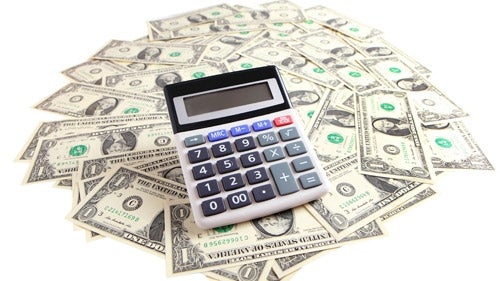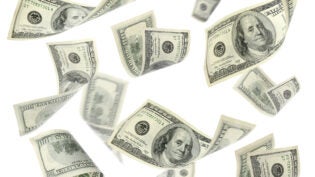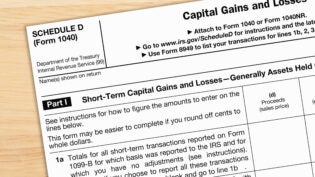
I received this question from a client:
- A customer doesn’t pay you for your profitable work.
- You grow profitable so quickly that you run out of cash.
- You are drawn into a lawsuit (through no fault of your own) for profitable and correct work that you performed or someone getting hurt on a project.
So what do you do? First, be profitable. Without profits, you won’t generate the cash you need to survive and thrive.
Second, determine your cash needs each month. Calculate this by looking at sales, collections, the costs to produce goods and services, and overhead costs.
Sales count. However, collections on those sales count more. If you collect COD then the sales for the month should equal the collections for the month. However, many collections are 30 to 60 and sometimes even 90 days after the work was completed. You might have a sale in January, produce and deliver the work in February, and not get paid until March.
Determine when you must pay for the cost of producing your products and services. For example, many times you’ll have to pay payroll expenses for production before you get paid for the goods and services. You may also have to pay your material suppliers or subcontractors before you get paid for your work.
Finally, determine your monthly overhead costs. These are generally the same each month and must be paid whether you sell or collect.
Let’s look at an example. You sell a $30,000 project in January. Then you look at the cash needs for February. Since you have no cash received for this job, your collections are zero. In this case assume that your payroll and production costs are $5,000. They are all due in February. In this case, assume that your monthly overhead is $10,000.
For this example, you’ll need to fund $15,000 to produce the $30,000 sale that you get paid for in March.
Smart business owners manage both profitability and cash. You need both for a successful business.
3612 Views











